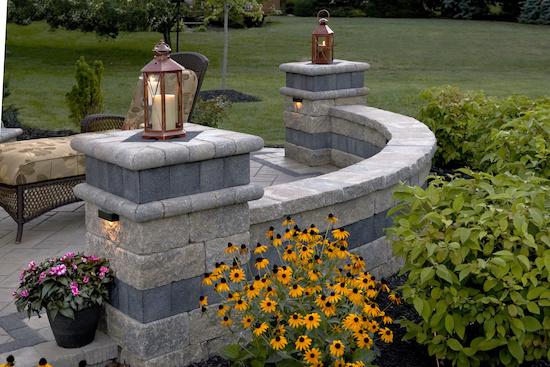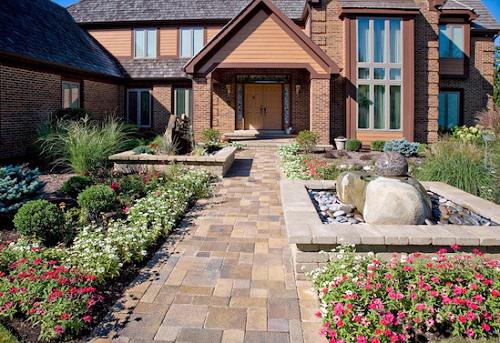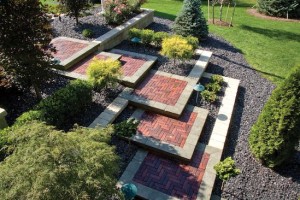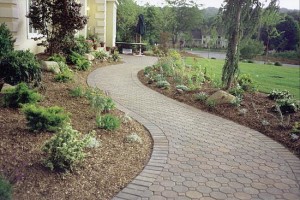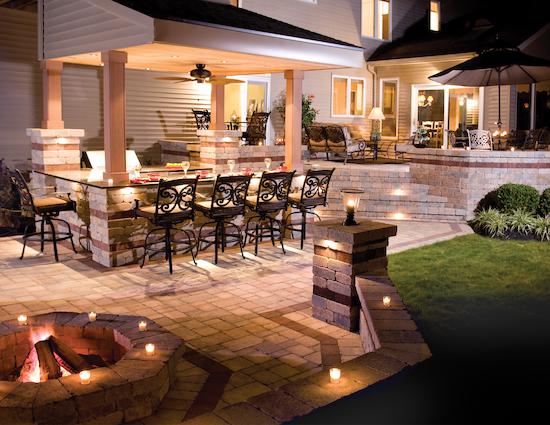Drainage is an issue most people don’t know a lot about. Even the most competent, conscientious property owners can often get a sudden, expensive surprise at the problems caused by drainage.
Most people don’t know they have a drainage problem until it hits them. Few people recognize the symptoms of a drainage situation in progress.
Perhaps the most difficult, and hardest to predict, problem is with new buildings. The building process often creates drainage problems by disturbing the soil and altering the movement of water in the topsoil and subsoil. The result is usually that a beautiful new home is suddenly at risk from moving foundations, land movement, and eroded supports.
If that sounds like everything your hip pocket never wants to know about, you’re right. These problems can be horrendously costly. The damage can be catastrophic, and may not even be covered by insurance. If it’s not, landowners can find themselves looking at six or seven figures literally going down the drain.
(Note: If you’re not sure about your cover, check. It will be worth it.)
Spotting drainage problems before they cause trouble
Fortunately, it is possible to find drainage problems before they turn in to monsters. Better still, there are some good, cheap, easy fixes for them to permanently solve the drainage issues.
The typical signs of drainage issues are:
- Gaps emerging between the soil and building faces – This is a true danger sign. Water is getting way too close to the building foundations. Do not waste a second getting this problem checked out. This is a big money problem if it’s allowed to continue.
- Doors not closing properly, seeming to be out of alignment – Believe it or not, this actually happens, and the doors eventually return to their original position after a while. It means a lot of water has suddenly shown up around that part of the building.
- Green algae – Green algae are some of the world’s oldest plants. They can find water anywhere on Earth, and they show up around water sources. If you’re noticing green patches, there’s water there, for sure.
- “Slices” cut out of soil on a slope after heavy rain – Flowing water can cut through sandy soils very easily. This particular problem also causes issues up and downstream from the direction of water flow. The support for the higher soil is removed, and becomes vulnerable to further movements, cascading the problem upwards to the residence.
- Driveway movements – If the soil around the driveway is getting too much water, the bedding will move. If you have a paved driveway, you may also notice gaps between the soils and driveway edges.
Getting the problems fixed
Most drainage problems can be fixed by pretty straightforward prevention measures. Putting in site drainage or construction of guttering in strategic places will prevent water from penetrating. Drains are very good managers of runoff and can be sited to divert water away from the premises and surrounds.
The bottom line – Don’t put off managing the problems. Get some help from a builder or landscaper. If you’re in New York and live around Westchester, talk to us. We can find and fix any drainage for you. Give us a call, we’ll be happy to help.

